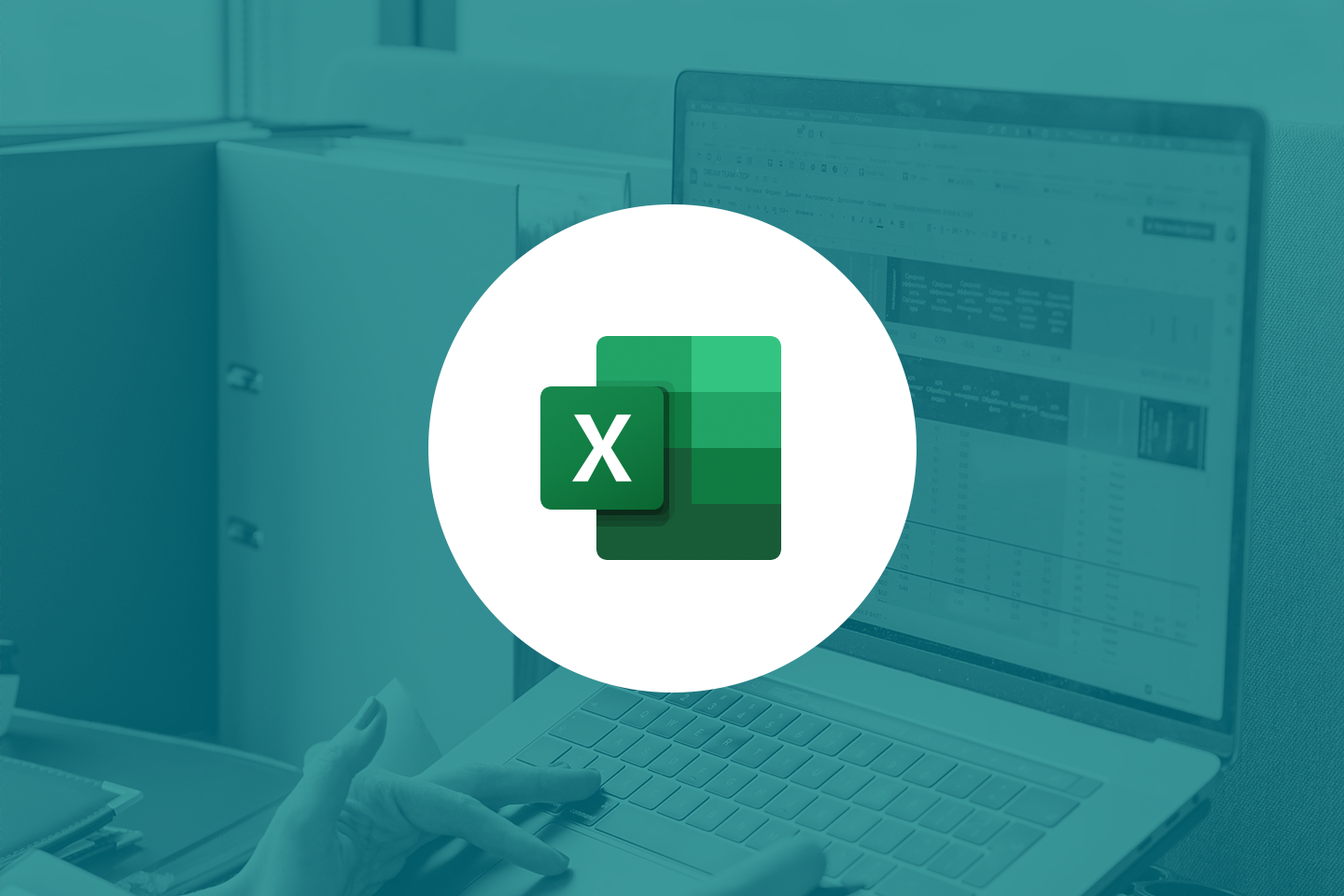How Developers Can Enhance Excel Spreadsheet Security

Few document formats are more common than XLSX spreadsheet files. Although many alternatives are available, most enterprises continue to rely on the broad (and familiar) functionality of Microsoft Excel when it comes to their spreadsheet needs. However, few organizations take the appropriate steps to ensure Excel spreadsheet security, which could leave their private data and formula assets exposed to substantial risk.
As a third party dependency, Excel represents an obvious security gap that could easily be exploited. Any time a file travels outside a secure application environment, there is a potential risk of data theft and version confusion. In any situation where files are travelling between separate applications, there is also an opportunity for malicious files to slip into unsuspecting workflows. By focusing on ways to shore up their Excel spreadsheet security, organizations can minimize risk and protect their sensitive data.
Excel Spreadsheet Security Risk #1: Malicious File Extensions
Most organizations are aware that opening a file attached to an email is one of the most common ways to introduce malware into a system. What they may not realize, however, is just how pervasive the problem is or how well those files are masked. It’s easy to identify a malicious email attachment when its name is a jumble of letters and it has an unfamiliar file extension. The real threat comes when it actually resembles something familiar and potentially legitimate.
Unfortunately, XLSX spreadsheet files are frequently used to distribute malware. According to a comprehensive cybersecurity study conducted by Cisco in 2018, Microsoft Office file extensions (such as DOCX and XLSX) were used by 38 percent of malicious email attachments, higher than any other format. These extensions are attractive to cybercriminals precisely because they’re so widely used. Someone working in a financial services organization, for instance, is usually quite accustomed to sending and receiving spreadsheets via email, so they are more likely to open an XLSX file out of curiosity.
Of course, this raises a separate question about basic cybersecurity. No organization today should be relying on poorly secured channels like email to share sensitive documents in the first place. By integrating native XLSX viewing and editing capabilities directly into their web applications, developers can provide the tools necessary to share spreadsheets without the risk of exposing collaborators to malicious file extensions. Embedding spreadsheet files into the application allows for easy access, but also keeps the file safely within a secure environment. Once users become accustomed to accessing spreadsheets this way, they’ll be less likely to fall prey to a malicious XLSX extension in their email.
Excel Spreadsheet Security Risk #2: Insufficient Access Control
Spreadsheets can contain a great deal of information. Not only do they make it easy to reference data and carry out complex calculations in seconds, there’s a lot happening behind the scenes that may not be immediately obvious to the average user. Spreadsheet cells typically incorporate highly detailed (and often proprietary) formulas that help organizations to estimate costs, assess risk, and adjust revenue forecasts. For many industries, there’s simply no software that can compete with the extensive capabilities of spreadsheets.
But that versatility comes with a cost. Any user with a rudimentary knowledge of spreadsheets can easily reveal hidden information and examine the formulas behind the document’s calculations. And once they’ve downloaded their own copy of the spreadsheet, there’s nothing to prevent them from using it elsewhere, which can be a serious problem for any organization that depends upon its proprietary formulas to drive business success.
The root problem in this case comes down to who has control over the spreadsheet. When an XLSX file is shared, it can then be copied or even altered without the knowledge or permission of its original owner. The best way to maintain control over spreadsheets is to integrate native XLSX viewing capabilities directly into a web application. This allows developers to control which elements of the spreadsheet are being shared and prevents anyone from downloading a copy without permission. Since users can only interact with the spreadsheet on the terms set by the file’s owner, they can’t peek “under the hood” to obtain proprietary assets like cell formulas.
Secure Your Spreadsheets with PrizmDoc Cells
Accusoft’s PrizmDoc Cells is a powerful API integration that allows developers to provide dynamic spreadsheet viewing and editing capabilities within their web application environment. Far more versatile than traditional viewer integrations that offer only a static “print preview” image of a spreadsheet, PrizmDoc Cells makes it possible to scroll both vertically and horizontally and even enter information into cells to perform calculations. It’s the most secure way to provide access to spreadsheet resources without sacrificing control over editing permissions. And since the XLSX file never has to travel beyond a secure application environment, there’s no need to worry about malicious file extensions when sharing spreadsheets.
Developers can use PrizmDoc Cells’s whitelabeling features to customize its look and functionality within their application. From editing cell content and format to embedding graphics, they retain complete control over the way viewers interact with spreadsheet files to maximize security and protect vital proprietary information. To learn more about how PrizmDoc Cells can enhance Excel spreadsheet security within your application, visit our product page to explore this powerful integration’s features.